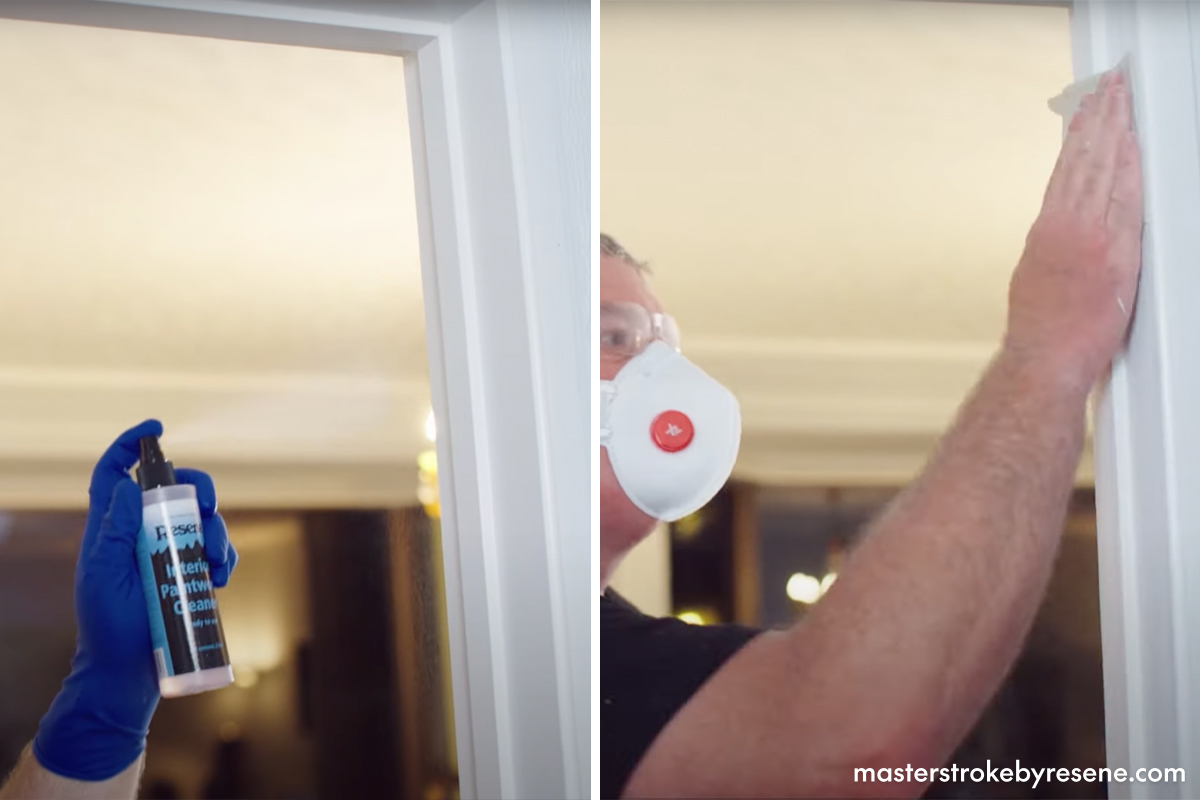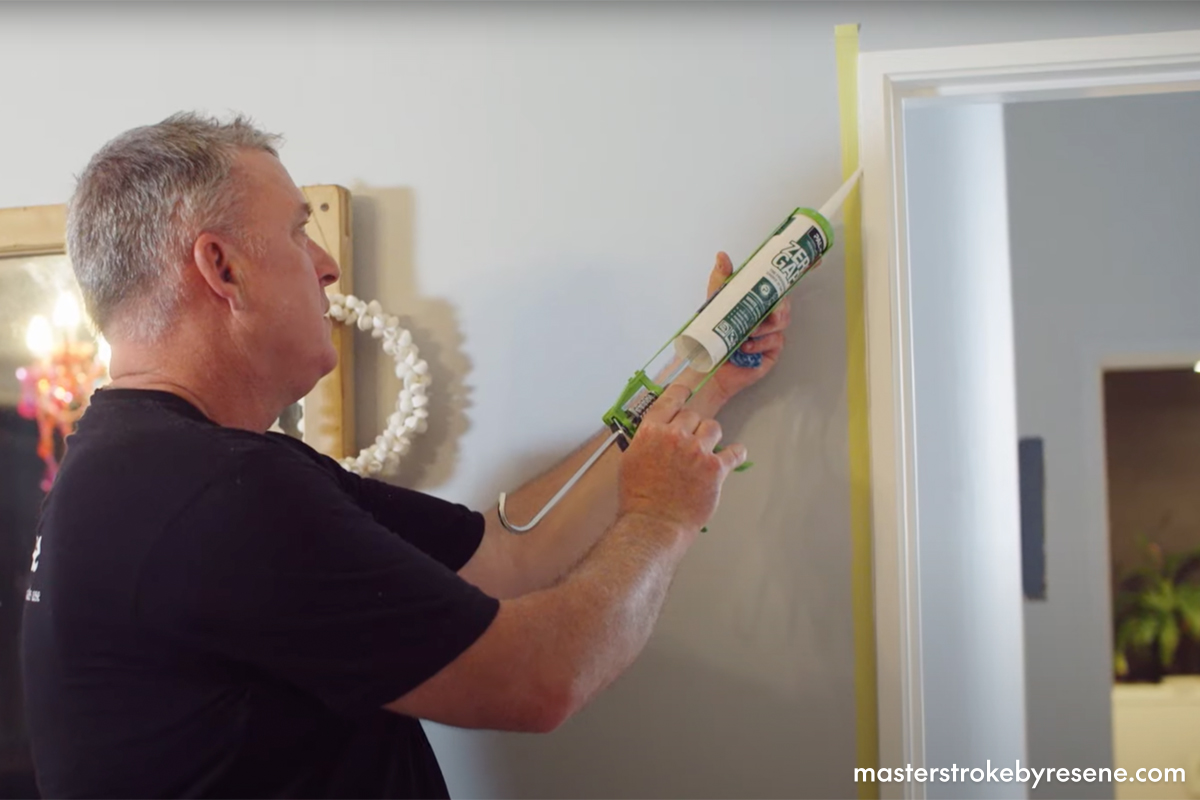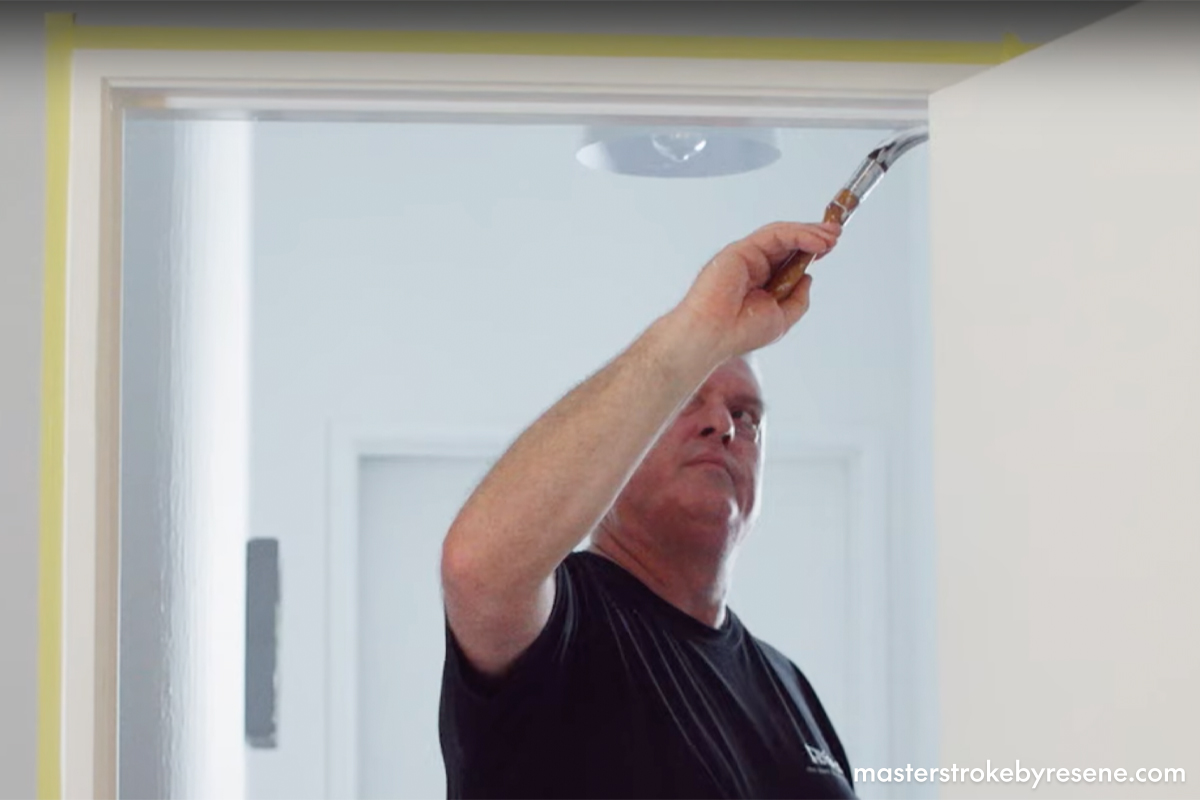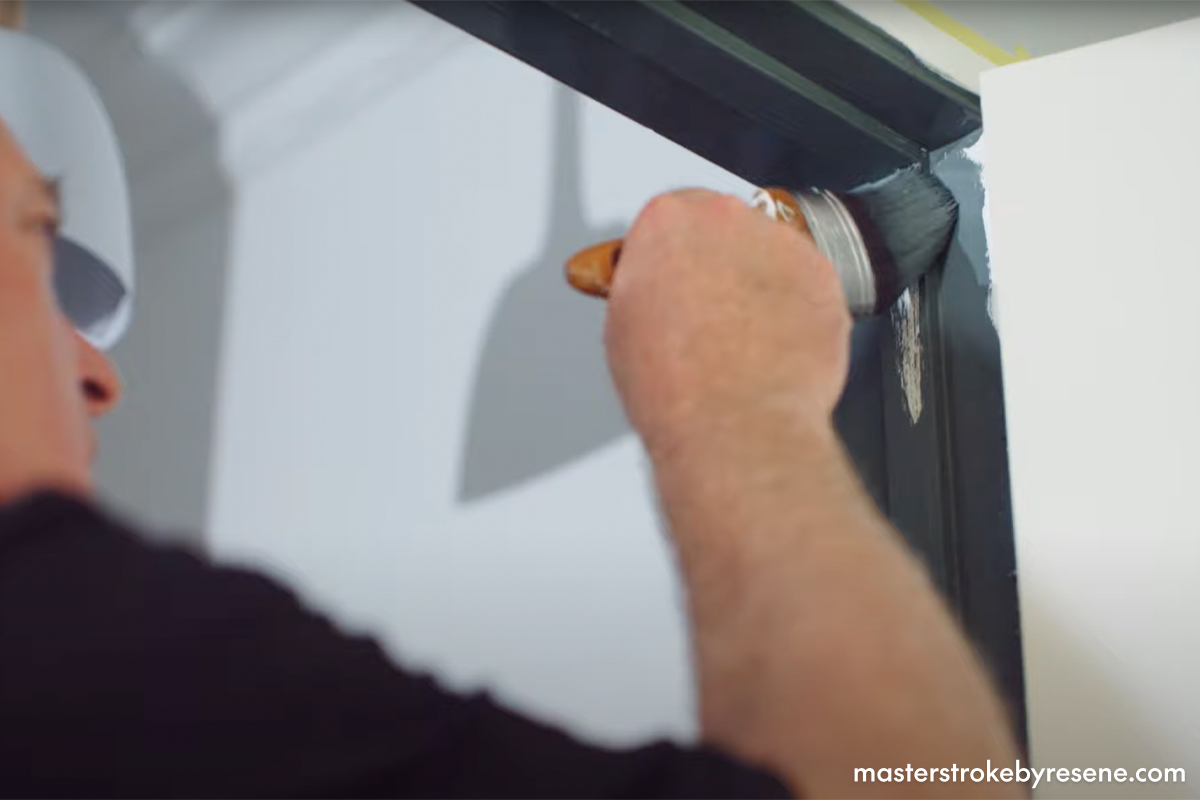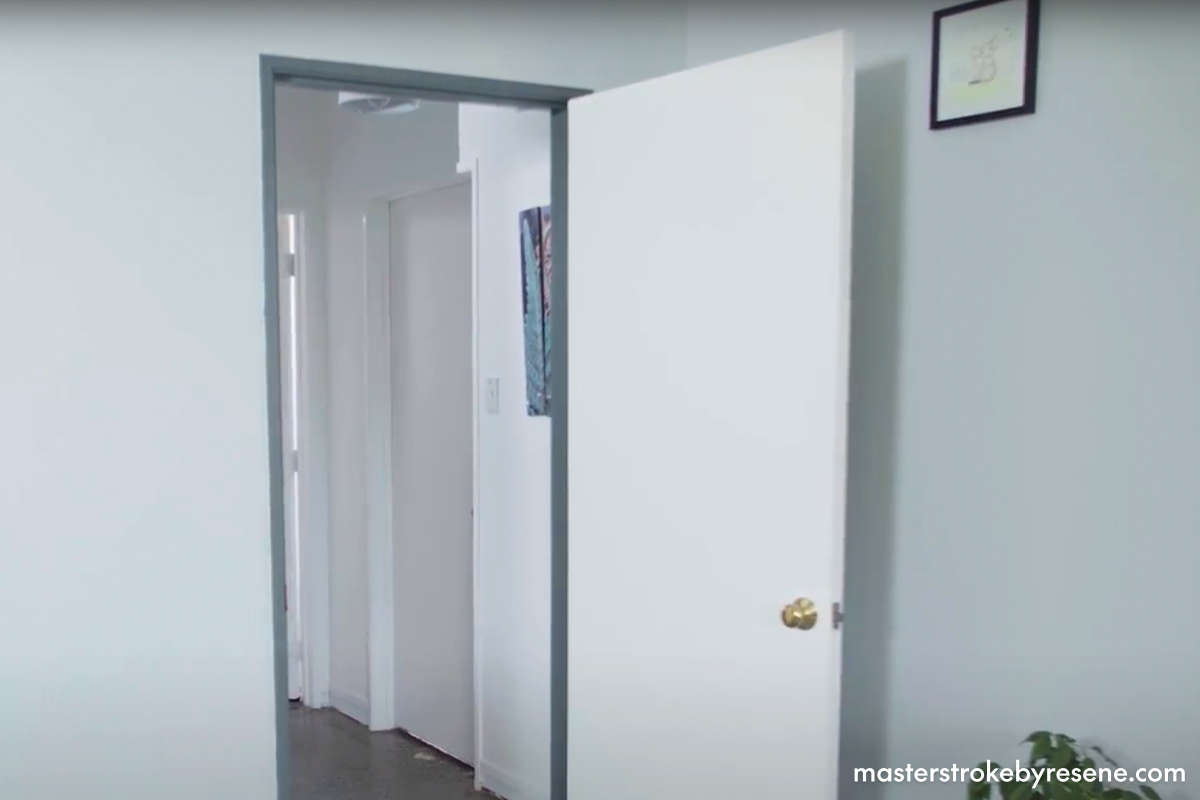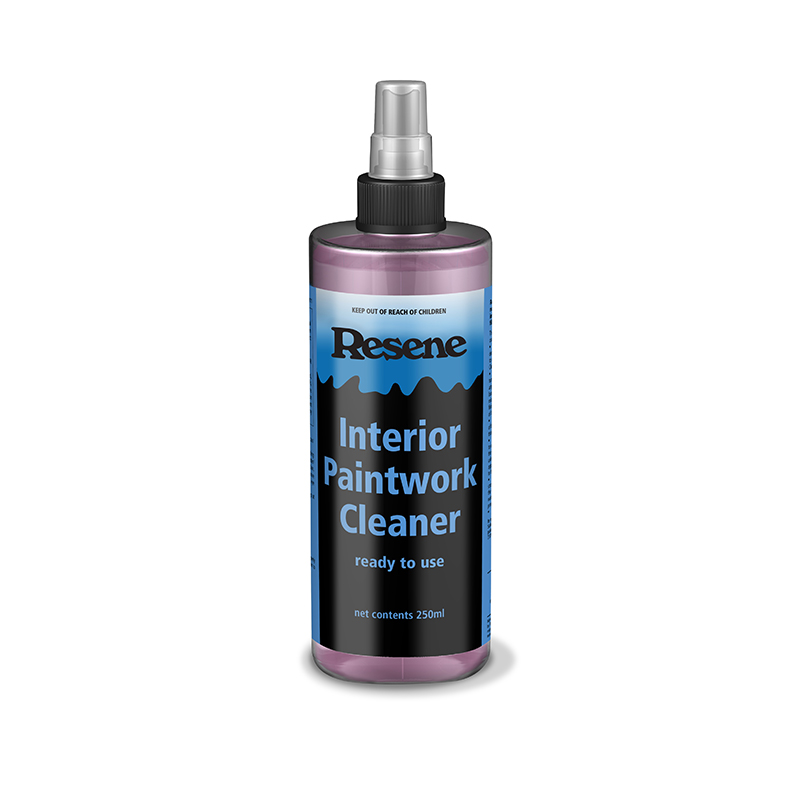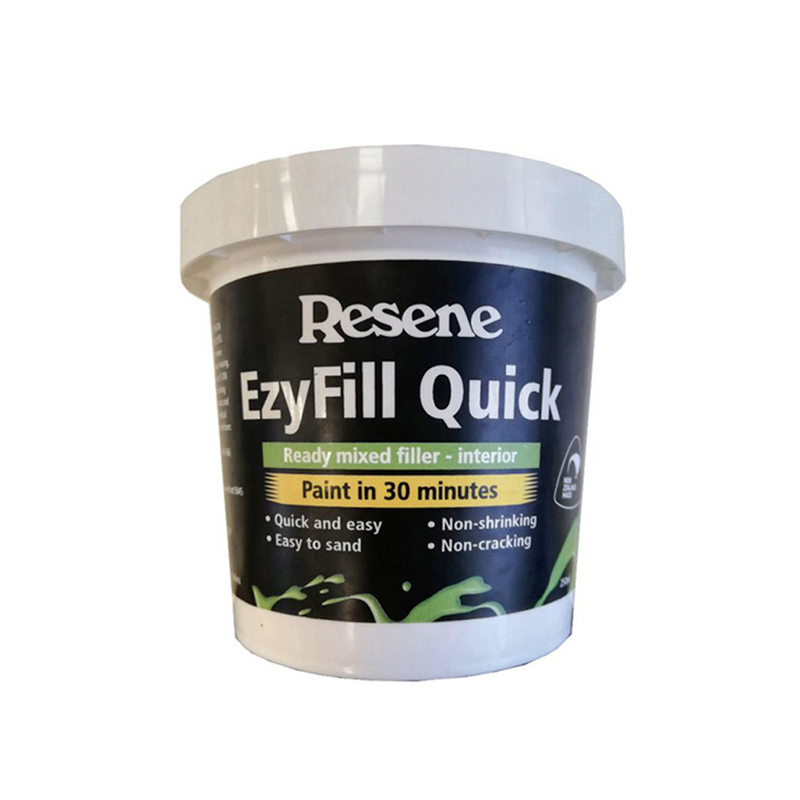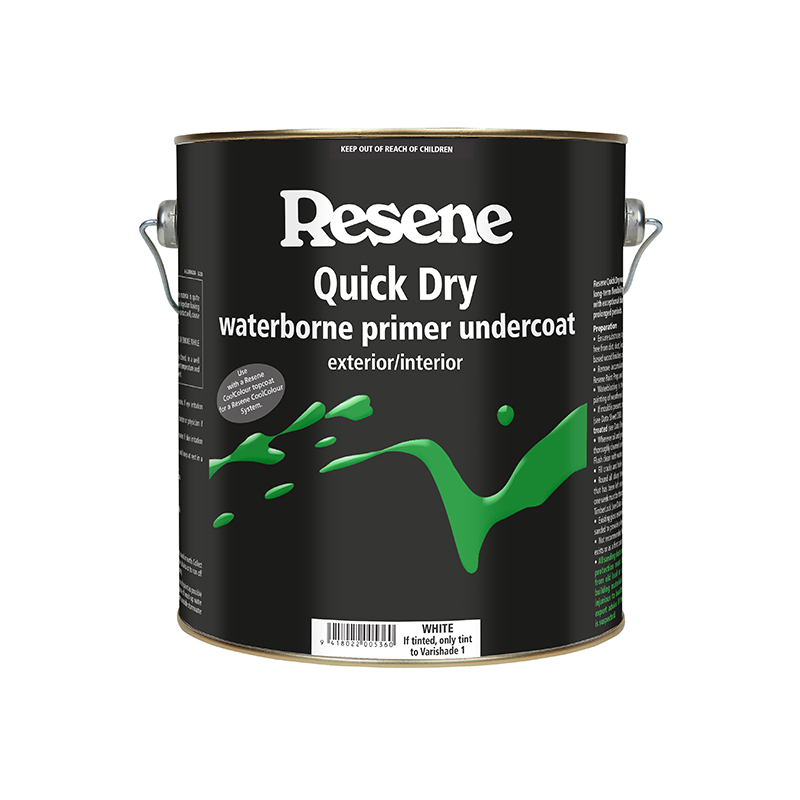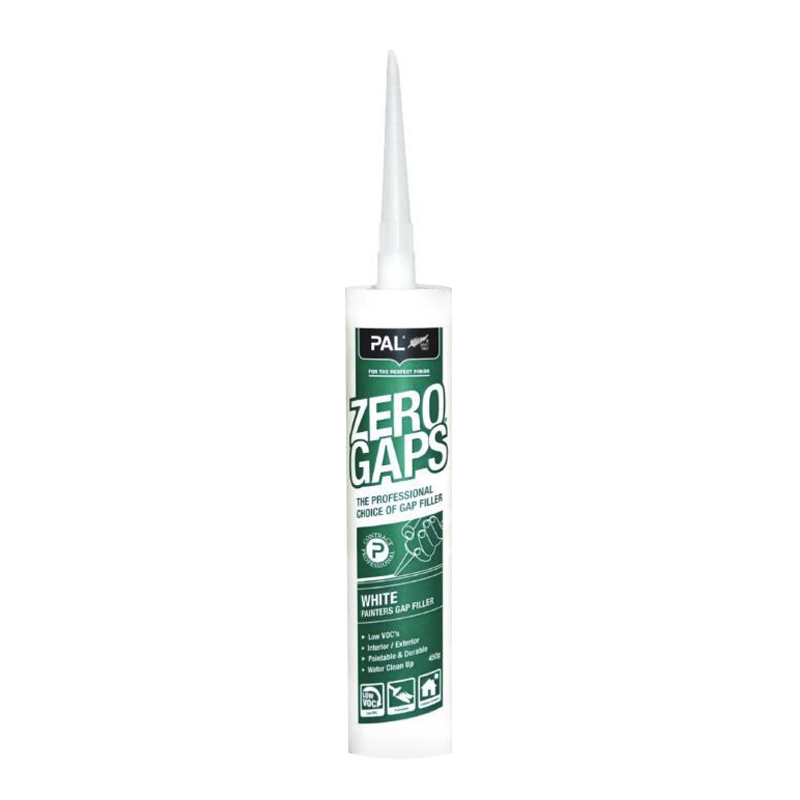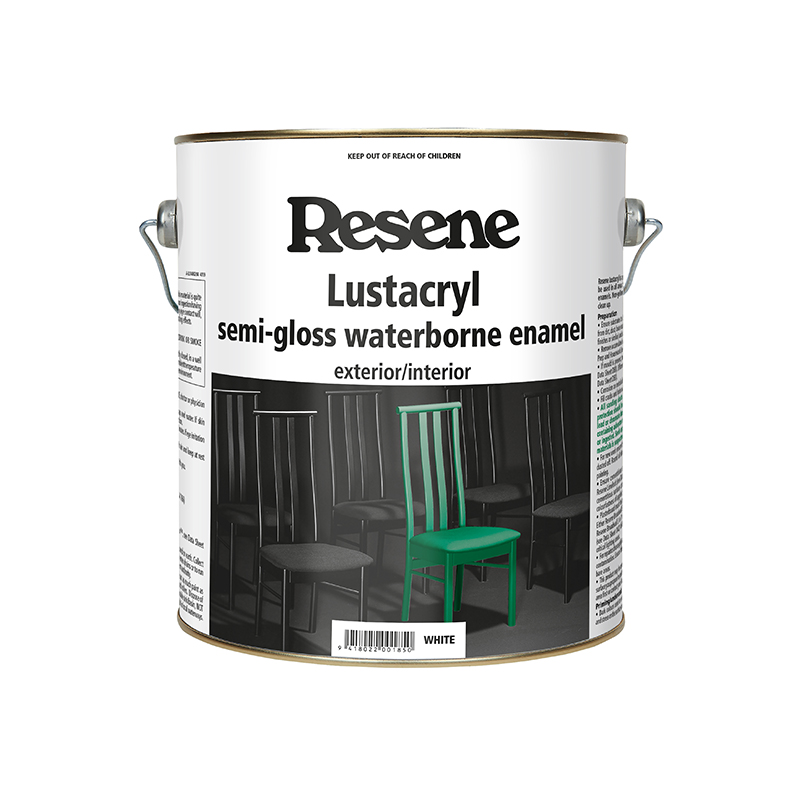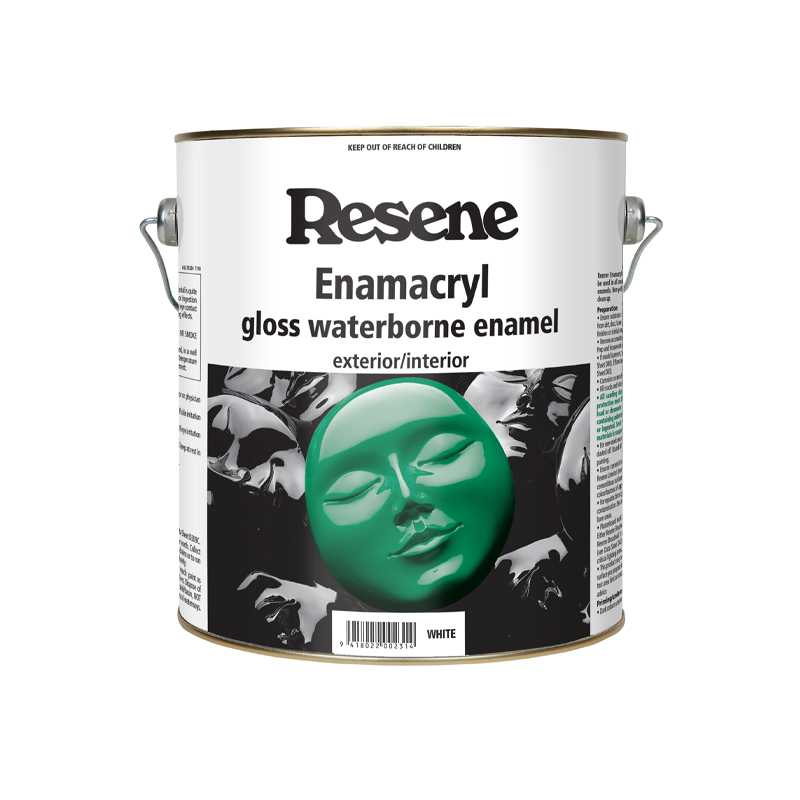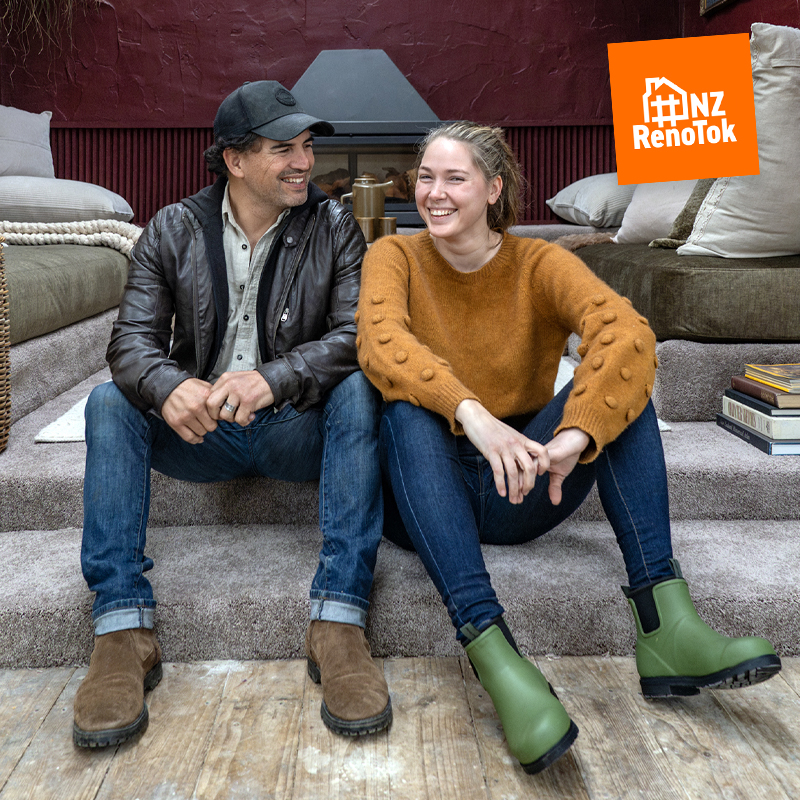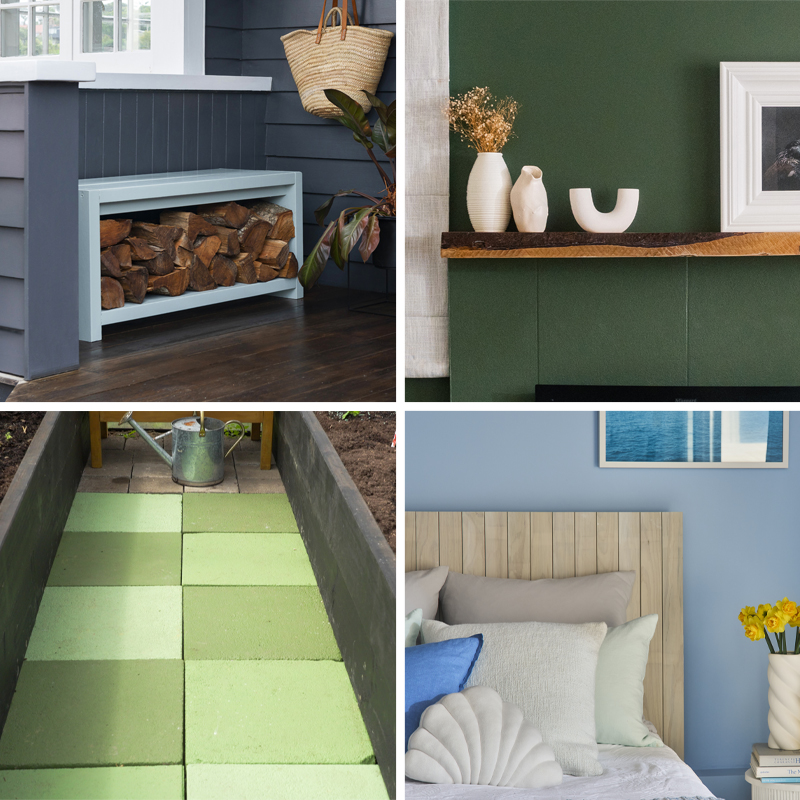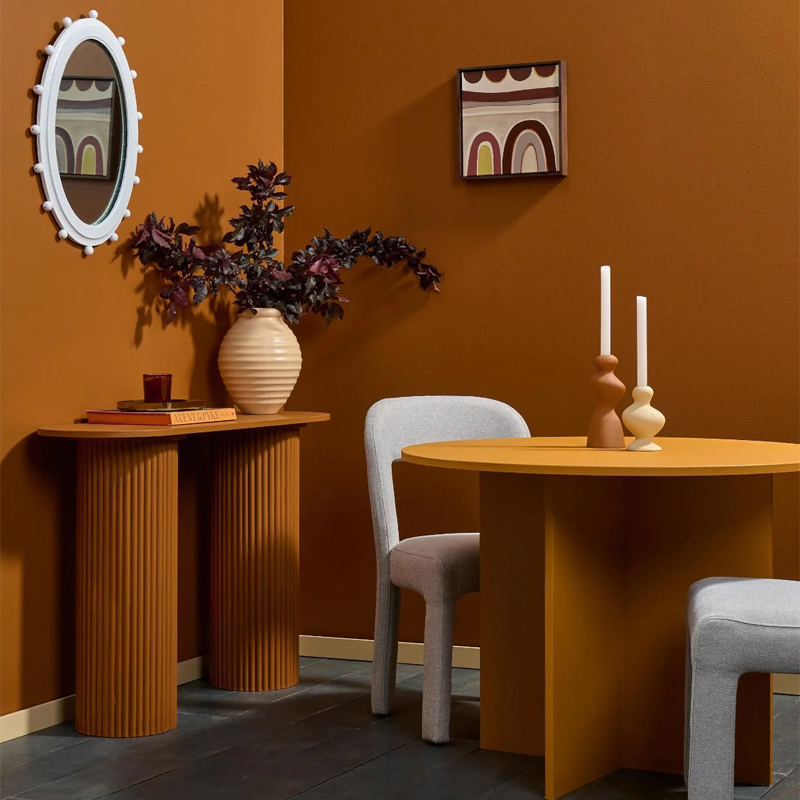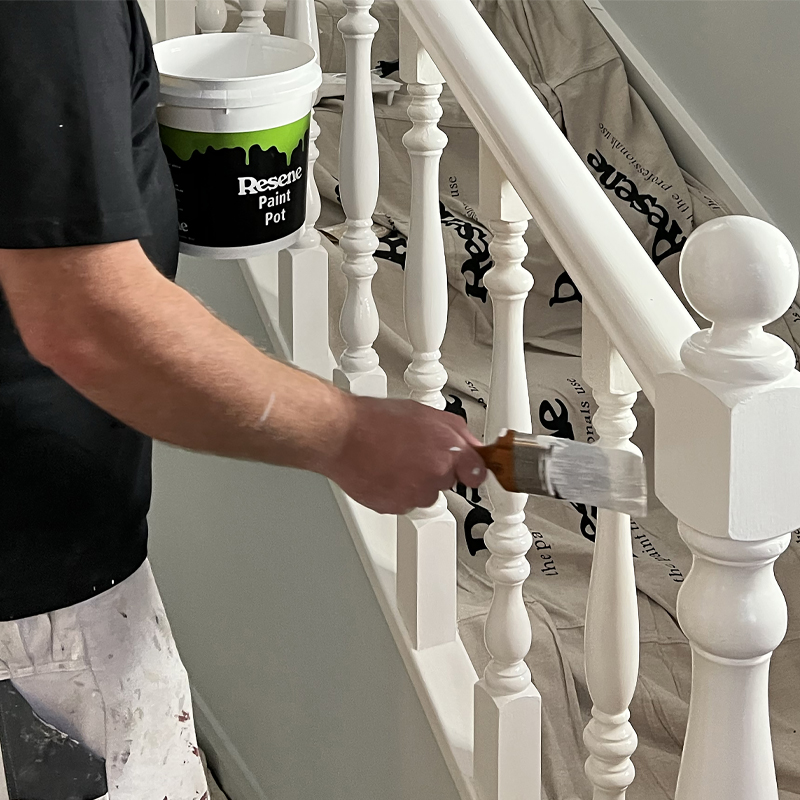Like the frame around a painting, architraves are an important design element in your home. While structurally they are purely decorative and don’t support doors or windows, they help add the finishing touch to a room.
Due to their contact with doors, architraves do take quite a beating – but luckily, they’re easy to repaint!
What type of paint should you use on architraves?
Resene recommends using an enamel-style waterborne paint such as Resene Lustacryl semi-gloss waterborne enamel or Resene Enamacryl gloss waterborne enamel for architraves and other trims including windowsills, skirting boards and cornices. This is because these paints are extremely durable, and these surfaces are often subject to a lot of wear and tear. Resene Lustacryl and Resene Enamacryl are also much easier to clean than matte finish paints.
What order should you follow when painting architraves, walls and doors?
It’s easiest to paint the architrave after you have finished painting the wall. Wait for the paint on the walls to dry completely before tackling the architrave, making sure you mask up the edge of the wall to avoid the paint leaching onto the walls. If you are also painting your door, paint this after you have completed the architrave.
Choosing the right colour
Architraves are traditionally painted white or a neutral colour that is brighter than the wall colour, but there’s no hard and fast rule about this. If your walls and doors are a neutral such as Resene Double Alabaster, consider painting your architraves in a lighter shade from the same colour family such as Resene Half Alabaster. As you’ll be using Resene Lustacryl semi-gloss or Resene Enamacryl gloss on the architrave you can create even more depth and contrast by choosing a matte paint for the wall such as Resene SpaceCote Flat. For a fun colour blocking feature, consider painting architraves in a contrasting colour or a darker colour than the walls and door. To make the door recede into the wall, try painting the architrave and door in the same colour.
Resene paint expert Murdo Shaw shares a few tricks of the trade to have you painting your architraves like a pro.

